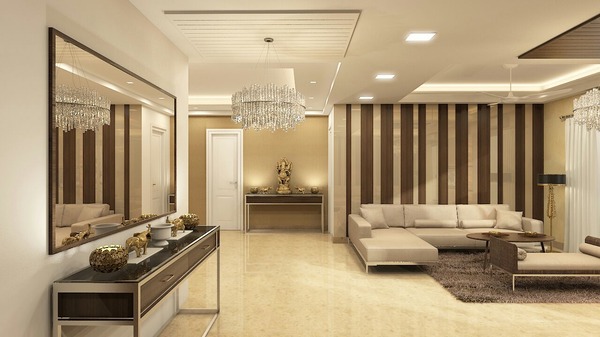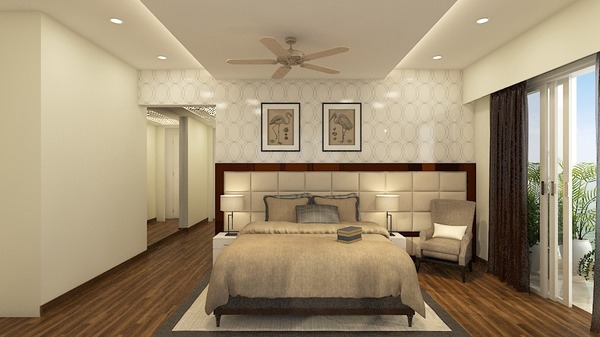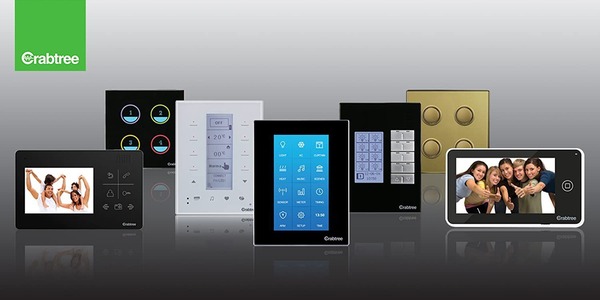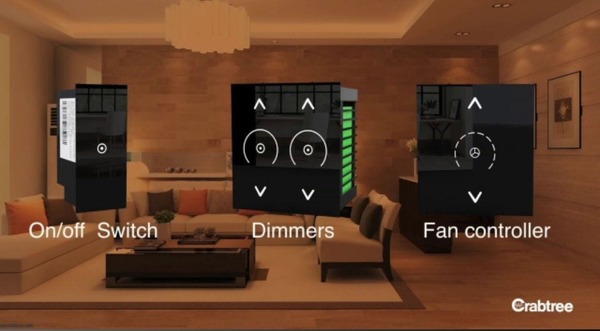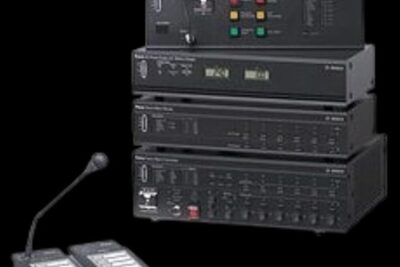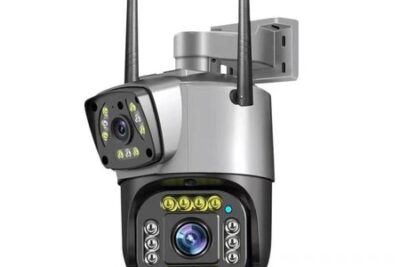Description
Lighting Automation and Control:
Overview: Lighting automation and control systems are designed to optimize the operation of lighting in residential, commercial, and industrial environments. These systems provide advanced control over lighting behavior, making spaces more energy-efficient, comfortable, and secure. Lighting control systems can be as simple as a dimmer switch or as complex as a fully integrated smart lighting solution that adjusts automatically based on a variety of factors like time of day, occupancy, and ambient light levels.
With the increasing adoption of smart home and building technologies, lighting automation is becoming an integral part of energy management, sustainability, and user comfort. Lighting automation can be managed through centralized systems, mobile apps, or voice-controlled devices, allowing for flexibility and convenience in how lighting is controlled.
Types of Lighting Automation and Control:
1. Manual Controls:
Dimmer Switches: Basic devices that allow users to adjust the brightness of a light fixture to create the desired ambiance and reduce energy consumption.
Timers: Timers enable lights to turn on and off at specific times, providing convenience and energy savings. They are commonly used for outdoor lighting or security lights.
2. Automated Controls:
Motion Sensors: These devices detect movement within a defined area and automatically turn on lights when motion is detected, then turn them off after a period of inactivity. This is commonly used in hallways, bathrooms, or outdoor areas to improve energy efficiency and security.
Occupancy Sensors: Similar to motion sensors, occupancy sensors are designed to detect whether a space is occupied and adjust the lighting accordingly. They are often used in offices or conference rooms to ensure lights are only on when the room is in use.
Daylight Harvesting Sensors: These sensors measure the level of natural light in a room and automatically adjust artificial lighting to maintain a consistent light level. This is ideal for reducing energy consumption by leveraging natural daylight.
Ambient Light Sensors: These sensors monitor the ambient light level and adjust the artificial lighting in response to changing light conditions, such as transitioning from day to night.
3. Centralized Control Systems:
Building Management Systems (BMS): A comprehensive system that integrates the control of various building systems, including lighting, HVAC, security, and energy management. Lighting can be centrally managed and monitored, allowing for scheduling, automation, and energy consumption tracking.
Lighting Control Panels: These systems provide a centralized interface to control the lighting throughout a building. They can be customized for specific zones or rooms, and settings can be adjusted based on user preferences.
4. Smart Lighting Systems:
Smart Bulbs and Fixtures: These lighting systems are Wi-Fi or Bluetooth-enabled and can be controlled through a smartphone app, voice commands, or automation settings. Smart bulbs can change colors, adjust brightness, and be programmed to turn on or off at specific times or based on external triggers (e.g., time of day or motion).
Voice Control: Integration with voice assistants like Amazon Alexa, Google Assistant, or Apple Siri allows users to control lighting with simple voice commands, such as turning lights on/off, dimming, or changing colors.
App-Based Control: Many smart lighting systems come with mobile apps that enable users to control lighting remotely, set schedules, create scenes, or even monitor energy consumption in real time.
5. Scene Control:
Predefined Scenes: Lighting automation systems can be programmed to create specific lighting “scenes” based on activities or moods. For example, a “movie night” scene might dim the lights, while a “party” scene could turn on bright lights in various colors. This allows users to customize their lighting experience.
Adaptive Scenes: These are dynamic lighting systems that adjust based on the environment, such as adjusting the color temperature of lights depending on the time of day or automatically turning on lights when someone enters a room.
Benefits of Lighting Automation and Control:
1. Energy Efficiency: Lighting control systems can dramatically reduce energy consumption by ensuring lights are only on when needed. Motion sensors, occupancy sensors, and daylight harvesting can optimize the use of artificial lighting and minimize wastage. Smart systems can also monitor usage and provide feedback for further optimization.
2. Convenience: Automation reduces the need for manual intervention, allowing lighting to adjust automatically based on predetermined rules or real-time conditions. Users can easily control their lights through mobile apps, voice assistants, or centralized panels, providing a high level of convenience and flexibility.
3. Enhanced Comfort: Lighting automation systems can adapt to different activities and preferences. For example, they can automatically adjust the color temperature to create a warmer, cozier atmosphere in the evening or a brighter, more focused setting during the day. This enhances comfort and mood based on the time of day or the task at hand.
4. Security: Automated lighting control can increase security, especially for outdoor and perimeter lighting. Motion sensors and timers can simulate occupancy, deterring intruders when the building is unoccupied. Additionally, lights can be programmed to turn on and off at random intervals when a property is vacant, creating the illusion of activity.
5. Cost Savings: With automated lighting systems in place, buildings can see a significant reduction in electricity bills. By ensuring that lights are only on when necessary and adjusting for natural light levels, energy consumption is minimized. Over time, these savings can offset the initial installation cost.
6. Sustainability: Lighting automation aligns with green building standards and sustainability goals. By reducing energy usage, it helps lower a building’s carbon footprint. Smart lighting systems often work in conjunction with other energy-efficient technologies, such as solar power and smart HVAC systems, to create a fully sustainable environment.
7. Customization and Flexibility: Lighting automation allows users to tailor their lighting setup to their exact needs and preferences. Customizable settings such as dimming, color temperature control, and scene creation offer greater flexibility for different environments.
Applications of Lighting Automation and Control:
Residential: Smart homes benefit from lighting automation, allowing homeowners to control lighting remotely, set schedules, and enhance security and comfort. Systems like motion-activated outdoor lights or dimmable lights in living rooms create a modern, energy-efficient home.
Commercial: Office buildings, retail stores, and restaurants use lighting automation to improve energy efficiency, create a welcoming atmosphere, and streamline operations. Lighting can be programmed to adjust throughout the day, enhancing employee productivity and creating a pleasant customer experience.
Industrial: In factories and warehouses, lighting control systems can improve safety and energy efficiency by automatically adjusting lighting based on the activity or occupancy within specific areas. This can reduce energy waste and enhance visibility in critical areas.
Public and Outdoor Spaces: Public areas like parking lots, parks, and streets benefit from automated lighting systems that improve safety and security, while reducing electricity consumption during off-peak hours.


